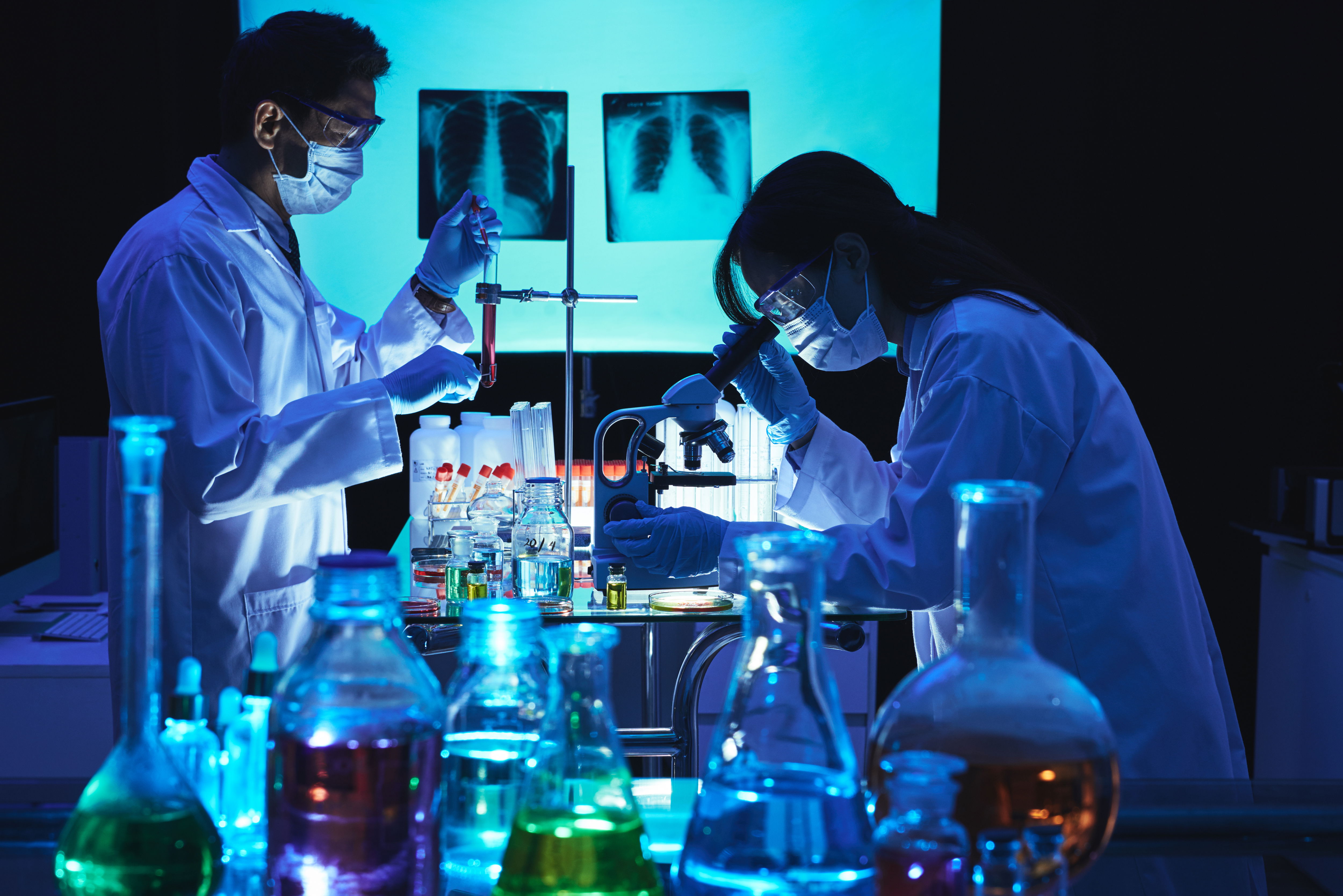Lab Logics: Illuminating the Science of Discovery
Introduction to Lab Logics
Welcome to Lab Logics, your front-row seat to the dynamic world of laboratory science! From test tubes to particle accelerators, labs are where curiosity meets rigor, driving discoveries that transform our understanding of the world. Join us as we explore the tools, techniques, and breakthroughs fueling scientific progress.
The Heart of Science: The Laboratory
Laboratories are the crucibles of discovery, where hypotheses are tested, and data is born. Whether in biology, chemistry, or physics, labs combine precision, creativity, and technology.
Types of Laboratories
- Wet Labs: Used for biological and chemical experiments, handling liquids, tissues, and reagents.
- Dry Labs: Focus on computational analysis, like bioinformatics or theoretical physics simulations.
- Specialized Labs: Cleanrooms for semiconductor research or high-energy labs for particle physics, like CERN’s facilities.
Essential Lab Tools and Technologies
Modern labs rely on sophisticated instruments to probe the natural world.
Microscopy
- Advances: Cryo-electron microscopy, a 2017 Nobel Prize winner, maps protein structures in atomic detail, aiding drug design.
- 2025 Trend: AI-enhanced microscopes automate image analysis, speeding up cell studies.
Spectroscopy
- Applications: Mass spectrometry identifies molecules, from detecting pollutants to analyzing Martian soil.
- Innovation: Portable spectrometers are now used in field research, like monitoring water quality in real time.
CRISPR and Gene Editing
- Impact: CRISPR-Cas9, refined in 2024, enables precise gene edits, with trials targeting cancers and genetic disorders.
- Lab Use: Automated CRISPR platforms streamline experiments, cutting costs and time.
High-Performance Computing
- Role: Supercomputers simulate protein folding, climate models, and quantum systems.
- Example: In 2025, Oak Ridge’s Frontier supercomputer hit 1.5 exaflops, accelerating drug discovery.
The Experimental Process
The scientific method—observation, hypothesis, experiment, analysis—guides lab work.
Designing Experiments
- Controls: Placebos or baselines ensure results are reliable.
- Reproducibility: A 2024 study found 30% of published experiments lack clear protocols, sparking open-access initiatives like Protocols.io.
Data Collection and Analysis
- Sensors: IoT devices in labs monitor temperature, pH, and more, reducing human error.
- AI Tools: Machine learning, like AlphaFold 3 (2024), predicts molecular interactions, slashing analysis time.

Breakthroughs from the Lab
Labs worldwide are delivering game-changing discoveries.
Biomedicine
- mRNA Vaccines: Building on COVID-19 success, mRNA platforms are targeting HIV, with Phase II trials in 2025.
- Organoids: Lab-grown mini-organs, advanced in 2024, mimic human tissues for drug testing.
Chemistry
- Green Catalysts: New catalysts, developed in 2025, cut CO2 emissions in industrial processes by 40%.
- Battery Tech: Solid-state batteries, scaled in labs, promise longer-lasting EVs by 2030.
Physics
- Quantum Materials: Labs at MIT created a room-temperature superconductor in 2024, potentially revolutionizing energy grids.
- Dark Matter: The LUX-ZEPLIN experiment reported tantalizing signals in 2025, hinting at WIMP particles.
Lab Safety and Ethics
Safety and responsibility are paramount in labs.
Safety Protocols
- PPE and Training: Gloves, goggles, and biosafety cabinets prevent accidents.
- Automation: Robots handle hazardous materials, reducing risks in chemical labs.
Ethical Considerations
- Animal Testing: 3D tissue models are reducing animal use, with 20% fewer lab animals in EU labs since 2020.
- Data Integrity: High-profile retractions in 2024 underscore the need for transparent reporting.
The Role of Collaboration
Science thrives on teamwork.
- Global Networks: Projects like the Human Cell Atlas, mapping all human cells, involve thousands of labs.
- Open Science: Platforms like arXiv and PubMed Central share preprints, with 1.5 million downloads monthly in 2025.
Challenges in Lab Research
- Funding: Global R&D spending reached $2.7 trillion in 2024, but 80% goes to high-income nations, per UNESCO.
- Equipment Access: High-cost tools like NMR spectrometers limit research in developing regions.
- Burnout: A 2024 survey found 40% of lab researchers report high stress, prompting mental health initiatives.
The Future of Laboratory Science
Labs are evolving with technology and societal needs.
- Lab-on-a-Chip: Microfluidic devices, scaled in 2025, run diagnostics on a single drop of blood.
- Synthetic Biology: Labs are engineering microbes to produce sustainable fuels, with pilot plants operational by 2027.
- Space Labs: The ISS hosts experiments in microgravity, like protein crystallization, with results informing Alzheimer’s treatments.
Societal Impact
Lab research shapes our world:
- Healthcare: Lab-developed therapies, like CAR-T for cancer, saved 10,000 lives globally in 2024.
- Environment: Bioremediation techniques clean oil spills, with lab-tested microbes deployed in the Gulf of Mexico.
- Economy: The lab equipment market is projected to hit $120 billion by 2030, driving jobs.
Why Lab Logics Matters
Lab Logics pulls back the curtain on the labs driving progress, offering clear insights into complex science. Whether you’re a researcher, student, or science enthusiast, we’re here to decode the logic of discovery.
Join the Discovery
Subscribe to Lab Logics for biweekly updates, follow us on social media, and explore our archives for deep dives. Curious about lab tech, experiments, or breakthroughs? Drop us a line—we’re here to fuel your curiosity!